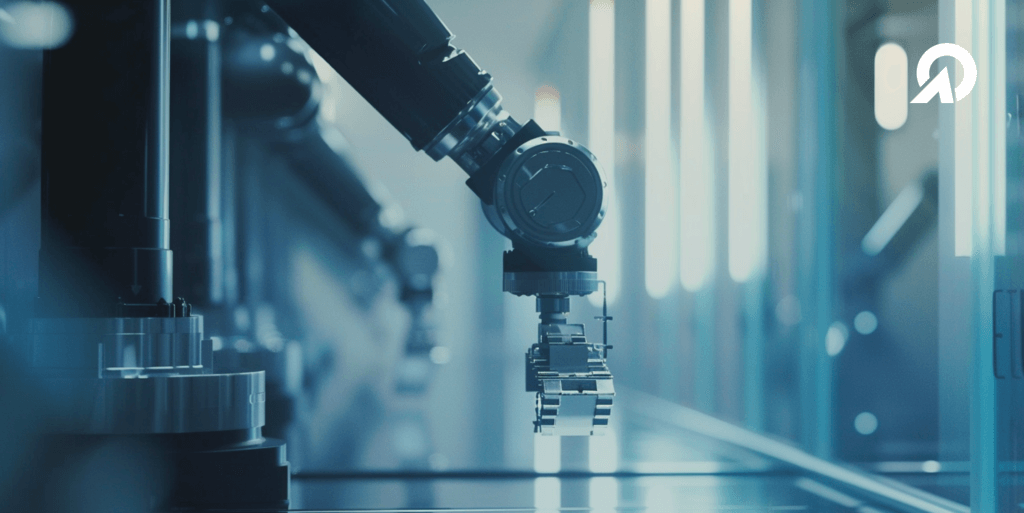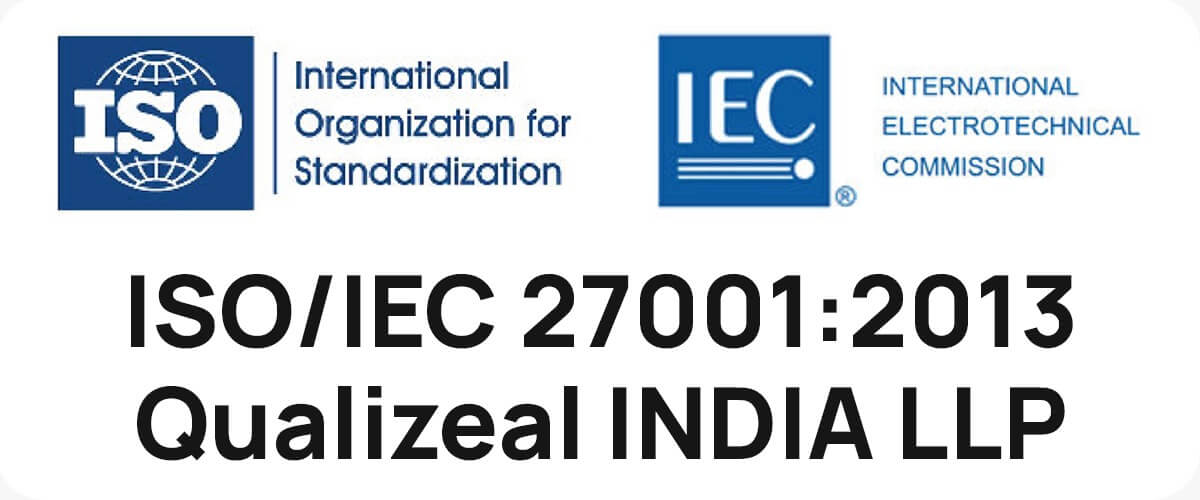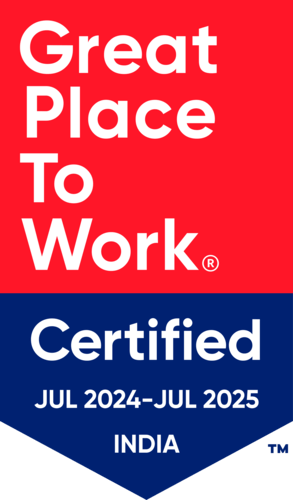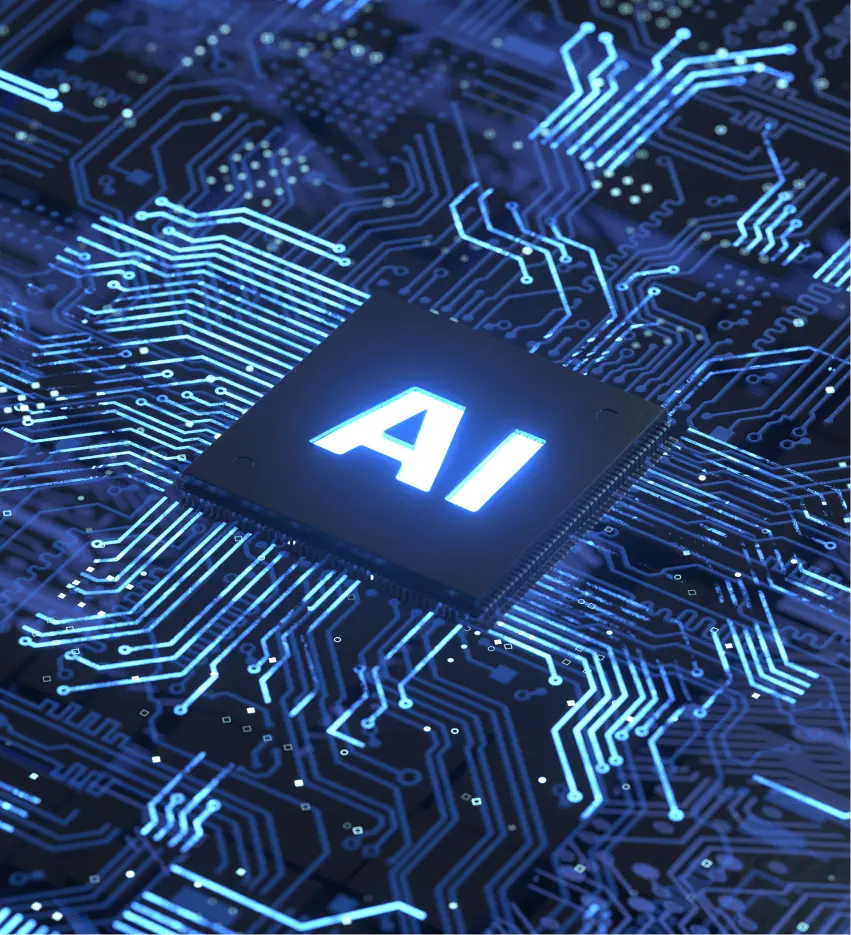In the realm of digital evolution, one question looms large: Is hyperautomation the next frontier in Robotic Process Automation (RPA)? With statistics pointing to a resounding “yes,” the evidence is compelling. According to Gartner, by 2024, organizations will lower operational costs by 30% through hyperautomation. As per Mordor Intelligence, the Hyperautomation Market size is estimated to reach USD 12.95 billion in 2024, with a projected growth to USD 31.95 billion by 2029, indicating a CAGR of 19.80%. These figures underscore a seismic shift in the automation landscape, where the integration of AI, machine learning, and RPA propels businesses toward unprecedented efficiency and agility. As we embark on this exploration of hyperautomation, it becomes clear that the answer isn’t just a possibility; it’s an imperative.

Introducing Hyperautomation: A Paradigm Shift in RPA
In the digital age, when speed and efficiency reign supreme, organizations are continuously looking for innovative methods to improve their operations. Enter hyperautomation, a notion that promises to transform the way we approach Robotic Process Automation (RPA). But what exactly is hyperautomation, and why is it regarded as the next frontier in RPA?
At its core, hyperautomation is an evolution of traditional automation technology. While RPA automates repetitive processes using rule-based algorithms, hyperautomation goes one step further by incorporating artificial intelligence (AI), machine learning (ML), and other sophisticated technologies into the automation process. This combination enables organizations to automate not only simple, repetitive jobs, but also complicated decision-making processes that were previously considered too complex for automation.
Hyperautomation is driven by its ability to seamlessly coordinate end-to-end operations across numerous systems and applications. Hyperautomation systems can analyze massive volumes of data in real time, discover patterns, and make intelligent judgments based on AI and ML algorithms. This not only simplifies operations but also improves decision-making capabilities, resulting in increased business value.
One of the primary characteristics of hyperautomation is its emphasis on scalability and adaptability. Unlike traditional automation systems, which are sometimes isolated and rigid, hyperautomation platforms are designed to grow dynamically to meet changing business requirements. Whether dealing with a sudden rise in demand or adjusting to regulatory changes, hyperautomation systems may adjust on the fly, assuring continuous operations in an ever-changing environment.
But probably the most appealing component of hyperautomation is its ability to provide actual business outcomes. According to a McKinsey analysis, firms that use hyperautomation should expect a 20% to 30% boost in productivity across several business areas. Furthermore, an IDC report projects that by 2024, hyperautomation will be an important catalyst of digital transformation, with over 70% of enterprises investing in the technology to boost operational efficiency and agility.
While the promise of hyperautomation is undeniably appealing, it also presents its own set of obstacles. The most important of these is that firms reconsider their approach to automation and embrace a culture of constant innovation. This means not just investing in the correct technology, but also developing personnel with the necessary skills and mindset to leverage them effectively.

Benefits of Hyperautomation
In today’s fast-paced business climate, staying ahead of the curve is crucial for success. This is where hyperautomation shines, providing an array of advantages that may generate tremendous value for enterprises across sectors. Let’s explore some of the primary benefits of using hyperautomation:
Enhanced Efficiency
At its foundation, hyperautomation aims to streamline operations and eliminate human labor. Organizations may greatly boost efficiency and production by automating repetitive operations and using AI-driven decision-making. Tasks that used to take hours or even days to accomplish may now be completed in a fraction of the time, freeing up the workforce to focus on more significant objectives.
Improved Accuracy and Compliance
While human error is inevitable hyperautomation reduces the likelihood of errors significantly. Organizations can improve their operational accuracy and consistency by automating regular procedures. Furthermore, hyperautomation technologies may ensure compliance with regulatory standards and corporate regulations, reducing the likelihood of costly fines and penalties.
Scalability and Flexibility
Hyperautomation provides both the scalability to manage variable workloads and the flexibility to react to changing business requirements. Hyperautomation allows firms to remain nimble and responsive, whether they are scaling up to meet rising demand or pivoting to capitalize on new market possibilities.
Improved Customer Experience
Hyperautomation has the potential to transform the customer experience in an era where it is essential. Organizations may provide faster response times and more customized service by automating repetitive client-facing processes like data input, order processing, and customer support. This not only improves consumer satisfaction, but also boosts brand loyalty and advocacy.
Cost Reduction
Finally, hyperautomation can result in huge cost reductions for enterprises. Organizations may reduce operating expenses and increase their return on investment by lowering manual work, enhancing efficiency, and minimizing errors. Furthermore, hyperautomation allows enterprises to accomplish more with less, increasing resource efficiency and optimizing cost structures.
Accelerating Digital Transformation
Hyperautomation expedites digital transformation by enabling the automation of previously unattainable processes. With its capabilities, organizations can achieve faster progress towards digitization, reaching a higher percentage of automated processes. Tasks that were once deemed too complex or manual can now be streamlined through the integration of advanced technologies like AI, machine learning, and robotic process automation. Consequently, this accelerates the overall pace of digital transformation initiatives, empowering businesses to adapt swiftly to evolving market demands, improve operational efficiency, and stay ahead of the competition.

Embracing hyperautomation for future success
As we’ve explored the world of hyperautomation, it’s clear that the confluence of AI, machine learning, and RPA has created new prospects for enterprises looking to succeed in the digital age. Hyperautomation has several benefits, including increased productivity and agility, improved customer experience, and cost savings.
However, reaching the full potential of hyperautomation needs more than merely installing cutting-edge technologies. It requires a strategic plan, an innovative culture, and a commitment to continuous improvement. Organizations must be ready to question the current quo, embrace change, and invest in the skills and competencies required to thrive in a hyperautomated world.
At QualiZeal, we understand the groundbreaking potential of hyperautomation and are here to assist you in harnessing it for your organization’s success. Whether you’re just getting started with hyperautomation or wanting to improve your current automation processes, our team of specialists is here to help you every step of the way.
Contact us now at qzinfo@qualizeal.com or visit our website to learn more about how we can help you realize the full potential of hyperautomation and propel your company towards the future of innovation and success. Together, let’s embark on this journey into the future of automation and seize the opportunities that lie ahead.












